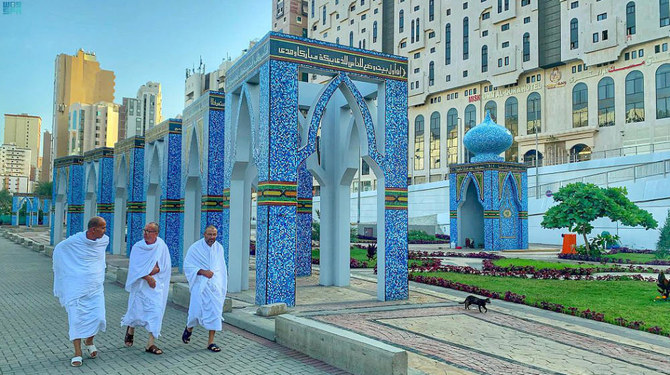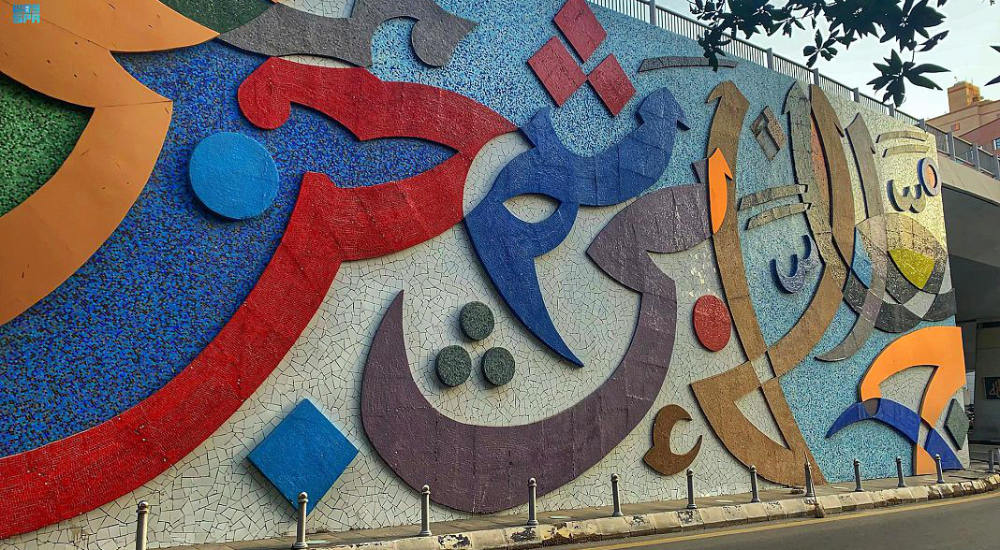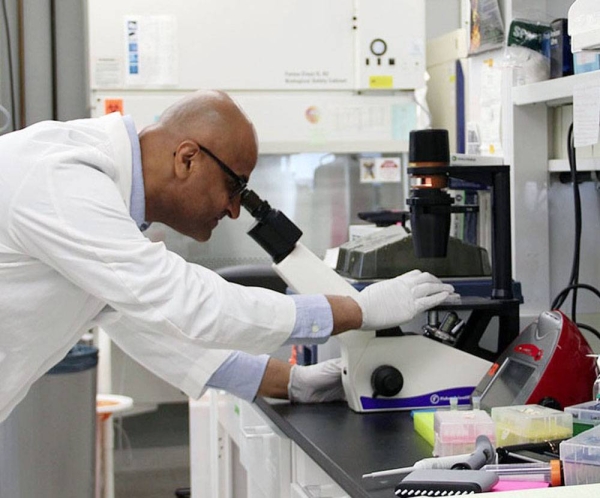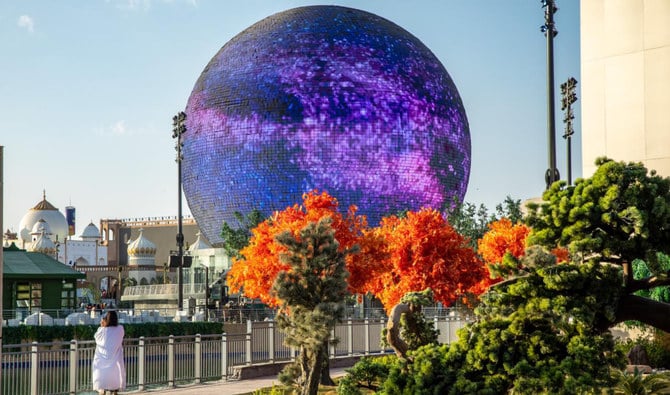Known for her creative take on classic favorites, Saudi chef Mona Mosly is one of the region’s most recognizable celebrity chefs, renowned for her creative takes on classic favorites.
As well as being a judge on the Arabic-language version of talent show “Top Chef,” Mosly has extensive experience in culinary art, having trained professionally in Switzerland before attending the world-renowned Le Cordon Bleu in London and subsequently honing her craft at restaurants across the Middle East.
In January, Mosly joined forces with VOX Cinemas in Riyadh and Jeddah to curate an expanded menu that features more than 20 dishes, including kibbeh nachos and BBQ chicken bao, Armenian tabbouleh, dukka madani chicken burger, halva cookies with Syrian ice cream, Thai curry salmon and more.
“What I love about this is that (movies) bring people joy,” Mosly tells Arab News. “I believe that I can bring people joy with my food as well. And it’s all about happiness, right? So it’s a beautiful collaboration for me.”
When VOX first reached out, Mosly says, her first thought was to create a menu of cinema food, “with an Arabic or Saudi twist.”
She explains: “I believe that food has to be related to us. It could take us to a beautiful memory. It could remind us of flavors from our childhood and all that.”
One of her favorite dishes on the menu is the kibbeh nachos. “It’s basically kibbeh, but it looks like nachos. Instead of cheddar sauce, I used mohamara sauce, so it gives the same feeling,” she says. “I also love the fish and chips, because it has a very nice story behind it. I like food that can gather different cultures together.”
Here, Mosly takes a trip down memory lane to when she first started her career, and offers advice for amateur chefs.
Q: When you started out as a professional, what was the most-common mistake you made when preparing a dish?
A: When I was working for Leylaty ballroom in Jeddah, I once burned 80 kilos of morels — one of the most expensive mushrooms. But after that, morel became my favorite ingredient. In kitchens — or any job where you work with your hands — if you don’t make mistakes, you’ll never learn.
What’s your top tip for amateur chefs?
Be yourself. Food is all about who you are. You translate what you have within you to people.
What one ingredient can instantly improve any dish?
Garlic. Or onion. They are the essence of food.
When you go out to eat, do you find yourself critiquing the food?
After six years of ‘Top Chef,’ believe me, I don’t want to critique anything. I’m done critiquing. I go out to have fun. I’ve reached a place where I don’t want to critique, I just want to enjoy.
What’s the most-common mistake you find restaurants making?
What annoys me the most is when food doesn’t have a taste because the cook didn’t respect the ingredients. I don’t understand how you can end up cooking a dish that doesn’t taste of anything.
When you go out to eat, what’s your favorite cuisine?
It depends. My cheat meal will always be a burger. But if I want to give myself a treat, I’ll go for sushi — or Japanese cuisine anyway.
What customer behavior or request most annoys you?
When people like something, they don’t try other stuff. I find that sad, rather than annoying. Why did you like the first thing that you tried? Because you tried it. That’s why you have to try other things too.
What’s your favorite dish to cook and why?
I do enjoy things like rolling warak enab (stuffed vine leaves) or stuff that takes time, because I’m a very fast person. I do everything very quickly. So, I like things that calm me down like baking. I like having to wait.
As a head chef, what are you like in the kitchen? Are you laidback? Or a disciplinarian?
I believe that when you are loved, appreciated and respected, you can do wonders. So, that’s what I try to give to the people I work with. Really, I like to dance, I like to sing, I like to enjoy being with my team. But when something goes wrong, something goes wrong. So, sometimes, I do have to shout.
Chef Mona’s Calamari
- 1lb or 1/2kg squid rings and tentacles, thawed
- Buttermilk brine (300g cold buttermilk & 10g salt, stirred)
- 300g or 1 3/4c ap flour
- 100g or 3/4c cornstarch
- 6g or 2tsp baking powder
- 2-3g or 1ish tsp black pepper (finely ground)
- 2qt or 8c neutral oil (peanut, canola, etc)
- Few pinches of salt
Or
100g flour
100g semolina half soft half medium
MARINARA / “RED SAUCE”
- 800g or 1 28oz can crushed tomatoes
- 1/2g or 1tsp dried basil
- 1/2g or 1tsp dried oregano
- 1/2g or 1/2tsp dried chili flake
- 10g or 2 1/3tsp sugar
- 7g or 1 1/4tsp salt
- 50g or 3Tbsp tomato paste
- 25g or 2Tbsp (double glug) olive oil
- 15g or 2 cloves minced garlic
CHIPOTLE RANCH SAUCE
- 125g or 1/2c mayo
- 1 large garlic clove, minced
- 5-10g or 1-2tsp hot sauce
- 1 chipotle chili in adobo
- 15g or 1Tbsp lemon juice
- 50g or 1/2c sour cream
TARTARE SAUCE
- 250g mayo
- 25g capers
- 25g gherkins
- 25g onion
- 3g parsley
- 2g chives
source/content: arabnews.com (headline edited)
_____________
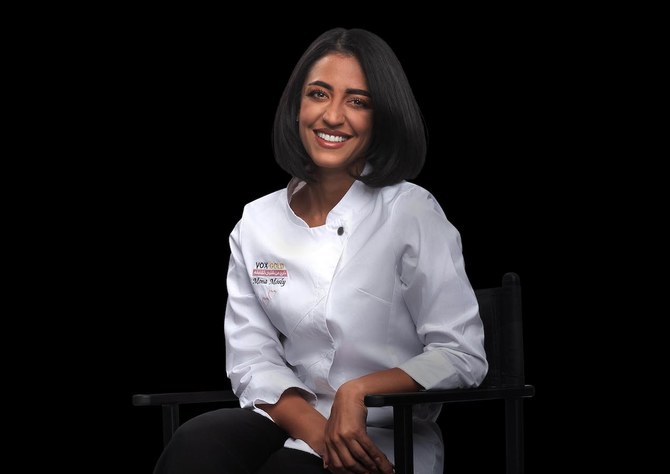
_______________
SAUDI ARABIA

